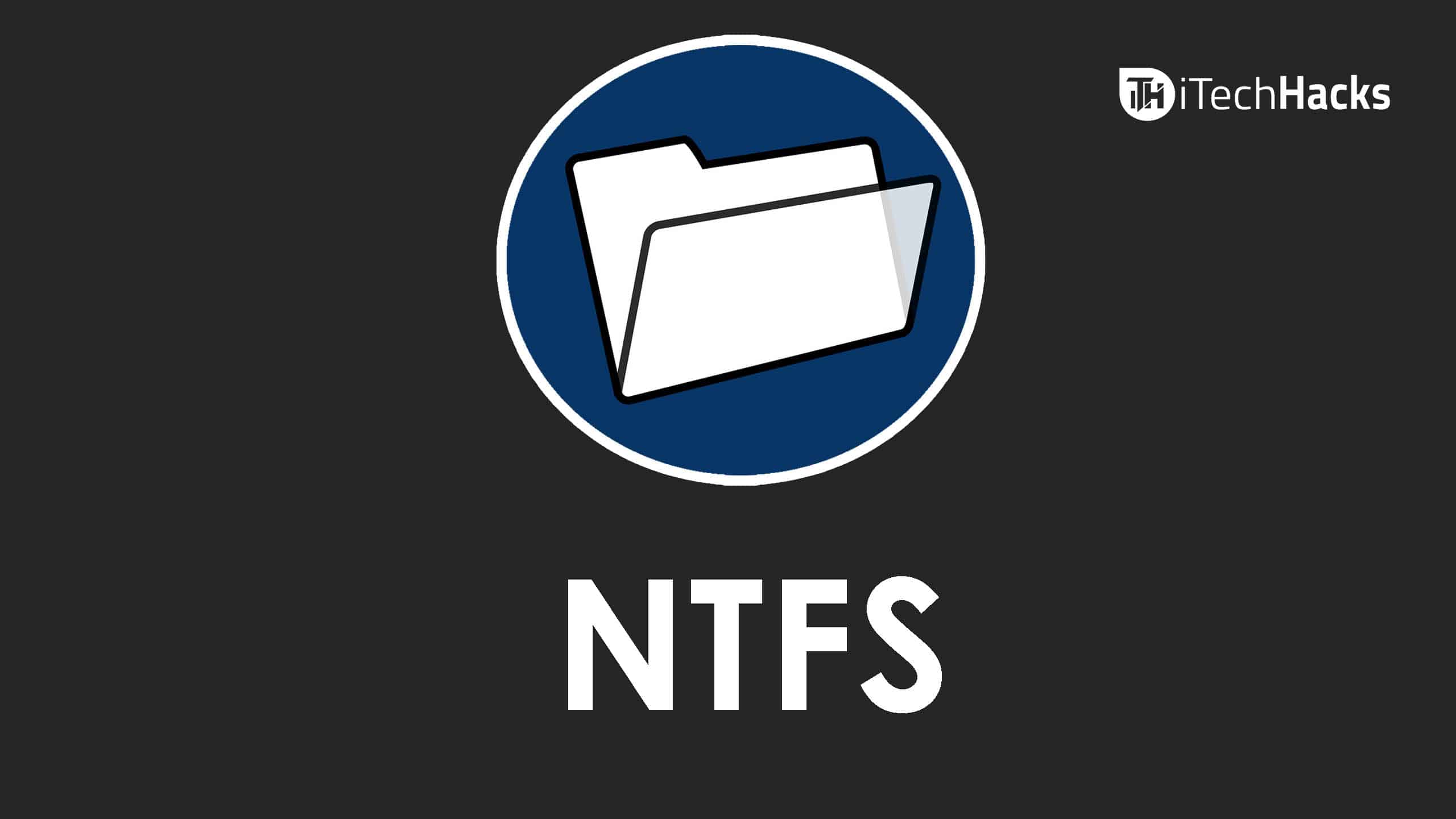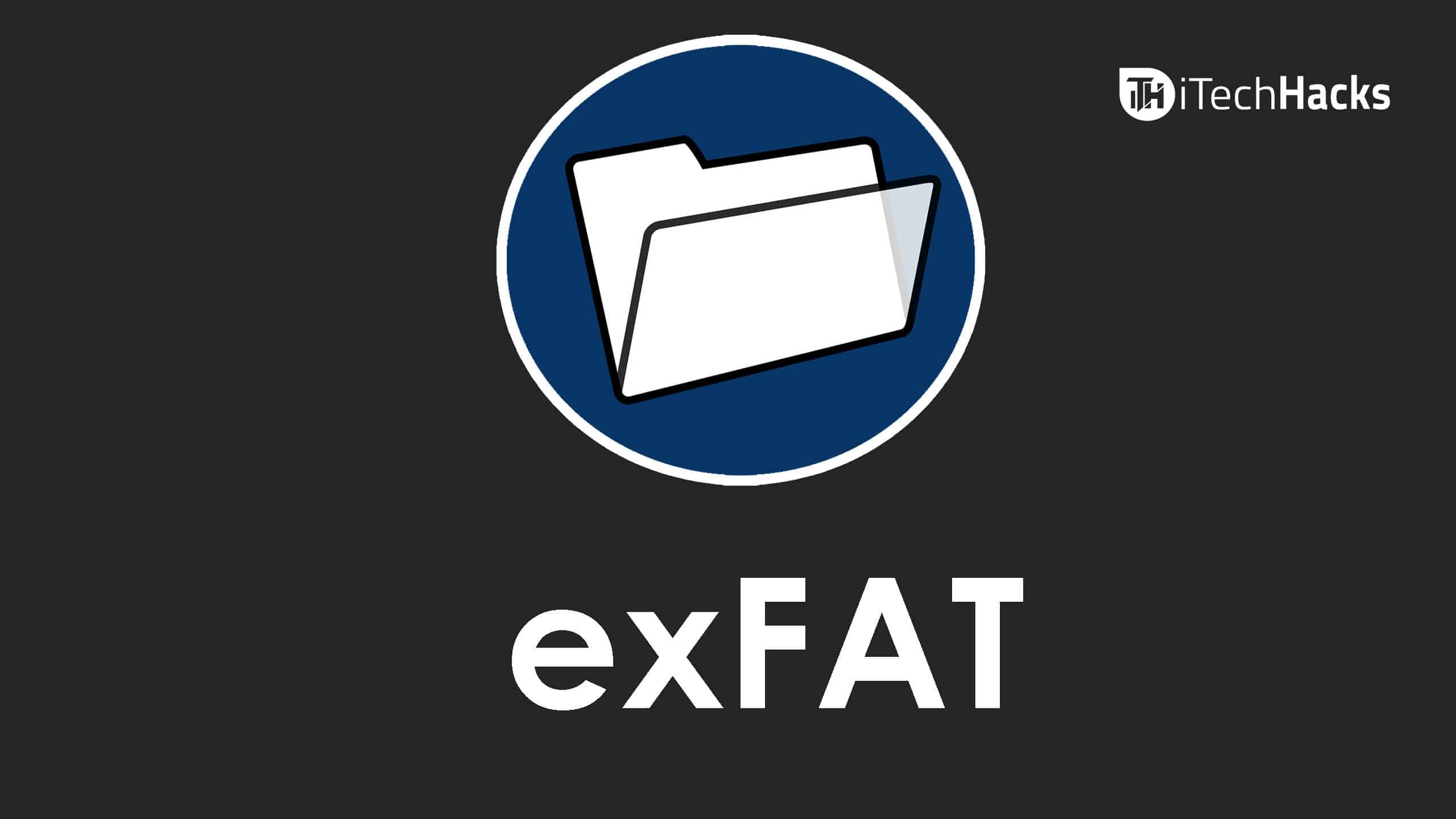Computers are very essential in everyday life! Without a computer, many tasks might take much longer to complete when done manually than it takes to complete on a computer. However, there are various complicated settings in the computer’s Operating System which need to be taken care of!
What is File System?
A lot of data is to be stored on a computer. All this data has to be arranged in an order so that it can be fetched whenever asked for! A File System is responsible for organizing all the data of your computer in the drives where the data is stored. This File System decides how the data is stored on your drive and what type of information can be attached to each file.
1 What is File System?2 FAT32 vs NTFS vs exFAT? (Difference)3 #1 FAT323.1 Some of the features of FAT32 File System include-3.2 When to choose FAT32 File System?4 #2 NTFS4.1 Some of the features of NTFS File System include-4.2 When to choose NTFS File System?5 #3 exFAT5.1 Some of the features of exFAT File System include-5.2 When to choose exFAT File System?6 Conclusion:6.0.1 Final Words:
There are three prominent file systems which can be used on multiple operating systems. They are:
- FAT32 (File Allocation Table). 2. NTFS (New Technology File System). 3. exFAT (Extended File Allocation Table). Below, we have discussed each File System in detail. So stay tuned to know which File System to choose and when! Also Read: 9 Of Best Encryption Software’s For Windows
FAT32 vs NTFS vs exFAT? (Difference)
#1 FAT32
FAT32 stands for File Allocation Table. This File System is derived from FAT16, which was its earlier version. FAT32 has been on the market since Windows95 was introduced to the market! Even today, most of the flash drives which you purchase are formatted with FAT32 File System.
Some of the features of FAT32 File System include-
- It is compatible with old as well as modern computers. 2. Also, it is compatible with almost every version of all the operating systems. 3. FAT32 also provides with a USB support. 4. It is the default File System for Windows Operating System.
When to choose FAT32 File System?
- Since it is highly compatible, you can choose it to work on all versions of Windows, Mac, game consoles, Linux, etc. 2. If you do not have to transfer files greater than 4GB in size. 3. If your USB drive is less than or equal to 32GB and can be stored without any security.
#2 NTFS
NTFS stands for New Technology File System. This File System was released with the WindowsNT Operating System in the year 1993. This File System was developed to overcome the size limit for the drives. It has been specially designed for the Windows Operating System.
Some of the features of NTFS File System include-
- The most useful feature of this File System is that it provides with Security support which was missing the FAT32. 2. It can recover errors such as crashes, shadow copies for backups, encryption, disk quota limits, hard links, etc.
When to choose NTFS File System?
- For drives larger than 32GB in size. 2. If you are using a flash drive to boot your computer’s Operating System. 3. To transfer files greater than 4GB in size. It was restricted to 4GB in FAT32 File System.
#3 exFAT
exFAT stands for Extended File Allocation Table. It is derived from FAT32 but has some additional features which enhance its functionality and user experience. This File System has features which are superior to those of NTFS. It is highly recommended for external devices.
Some of the features of exFAT File System include-
- Even this File System allows drivers to have large space. 2. It works efficiently on Windows Operating System. 3. exFAT File System can be accessed on Linux Operating System with some additional software.
When to choose exFAT File System?
- For creating partitions which are larger than 32GB in size. 2. To transfer files greater than 4GB in size. It was restricted to 4GB in FAT32 File System. Also read: Difference Between Invoice and Quote?
Conclusion:
- FAT32- If the USB drive is smaller than 32GB. Also, if the data can be stored without any security should be formatted in FAT32.
- NTFS- If you are using a flash drive to install Windows software or transfer files larger than 4GB.
- exFAT- If the USB drive you are using is running on Windows or Mac and also if you are transferring files larger than 4GB. Also Read: Download Windows 10 Free (ISO 32-64 Bit) This is all you need to know about all three File Formats. You can now decide which File System is suitable for your computer.
Final Words:
So this is all about FAT32 vs NTFS vs exFat Difference. Do let us know if you need more such educational articles? we are there for you. We have missed out on any important information, then please let us know about it in the comments section below.



